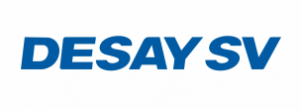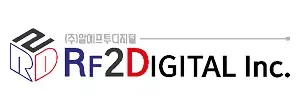Fraunhofer IIS, primary developer of the xHE-AAC audio codec, the DRM Consortium, and Sinclair Broadcast Group (Nasdaq: SBGI), a leading provider of local sports and news in the U.S., are joining forces to bring the best possible digital radio experience based on DRM to ATSC 3.0 digital TV platform users on all platforms including mobiles.
This collaboration aims at establishing the seamless transport of DRM based services with all their advanced digital radio features on the ATSC 3.0 TV platform. This allows DRM broadcasters to create the DRM content once and then distribute it simultaneously and terrestrially via dedicated digital AM/FM transmissions and on the digital TV platform. Listeners can enjoy a full-featured digital radio experience across all broadcast platforms using any reception device – from stand-alone radio and TV sets to mobile phones and in-car receivers.
“Both the ATSC 3.0 digital TV and the DRM digital radio standards are really gaining momentum all over the world. With the recently started rollout in the US, the ATSC 3.0 TV standard has proven to be a success. It also receives growing attention in more and more countries worldwide including India. The same holds true for DRM digital radio, which is adopted in a steadily growing number of countries all over the world. Bringing the rich digital radio experience of DRM to the innovative ATSC TV platform is a perfect win-win situation for users and broadcasters alike,” says Alexander Zink, Senior Business Development Manager for Broadcast Applications at Fraunhofer IIS.
Sinclair Broadcast Group and Fraunhofer IIS have identified immense potential resulting from this tight technology integration, which deploys DRM as the common digital radio solution across multiple transmission platforms. A demonstration is currently in preparation to prove the easy transmission of existing DRM based digital radio services over ATSC 3.0, and to showcase the easy integration of DRM reception on ATSC 3.0 receivers, including mobile phones.
This joint project is expected to open the door to close collaboration between the respective standard bodies, the ultimate goal being the adoption of both standards worldwide for the benefit of broadcasters and listeners alike.
Read more:
- Fraunhofer and Sinclair to Collaborate Towards Integrating Digital Radio Mondiale Framework into the ATSC 3.0 Digital TV Platform
- ATSC & TSDSI Sign Agreement to Enable Adoption of ATSC Standards for Making Broadcast Services Available on Mobile Devices in India

















